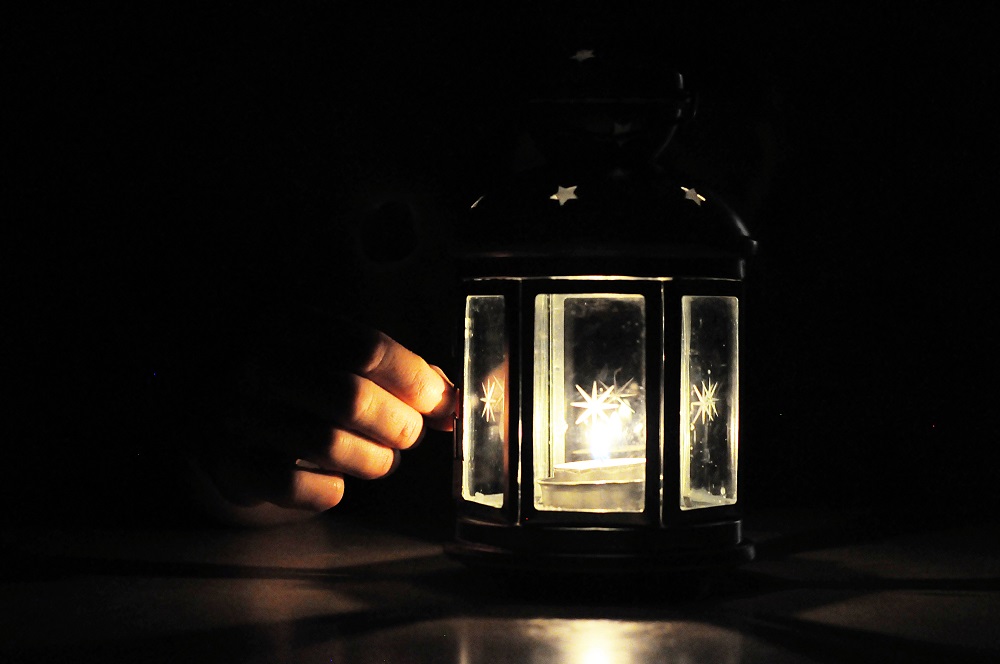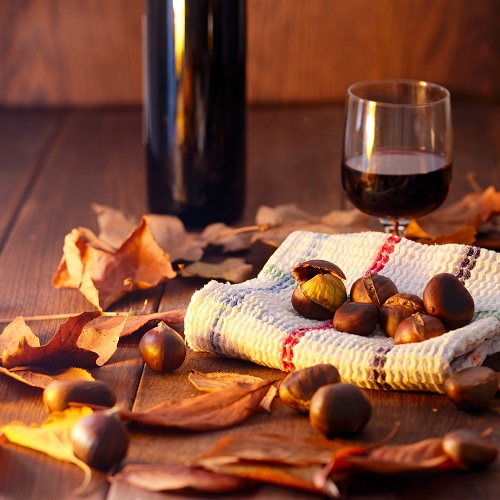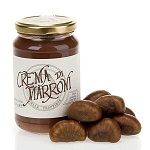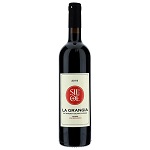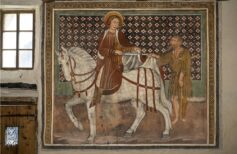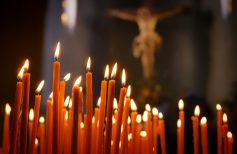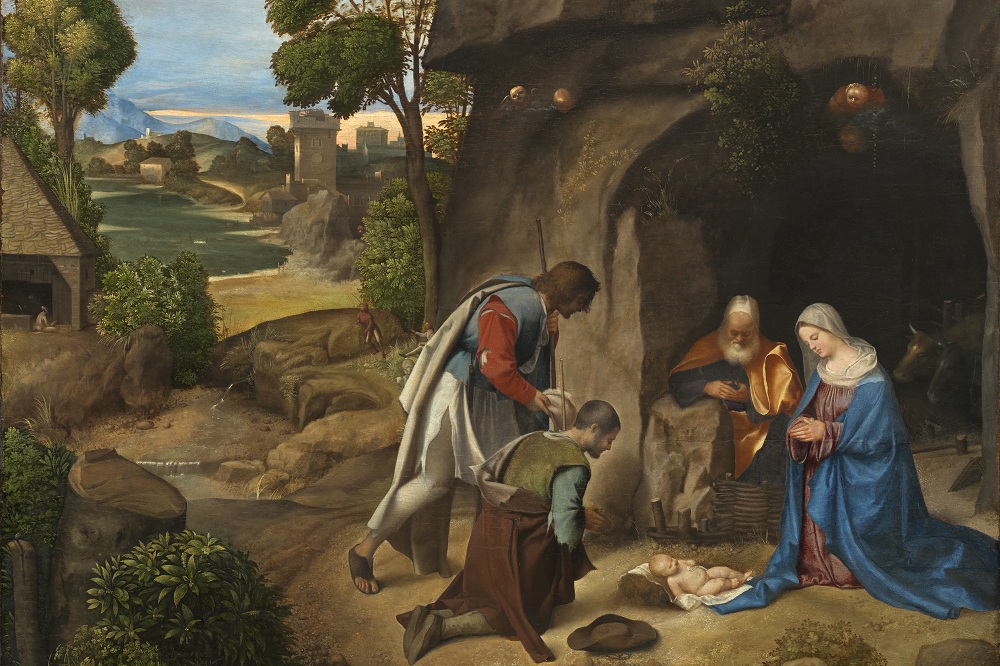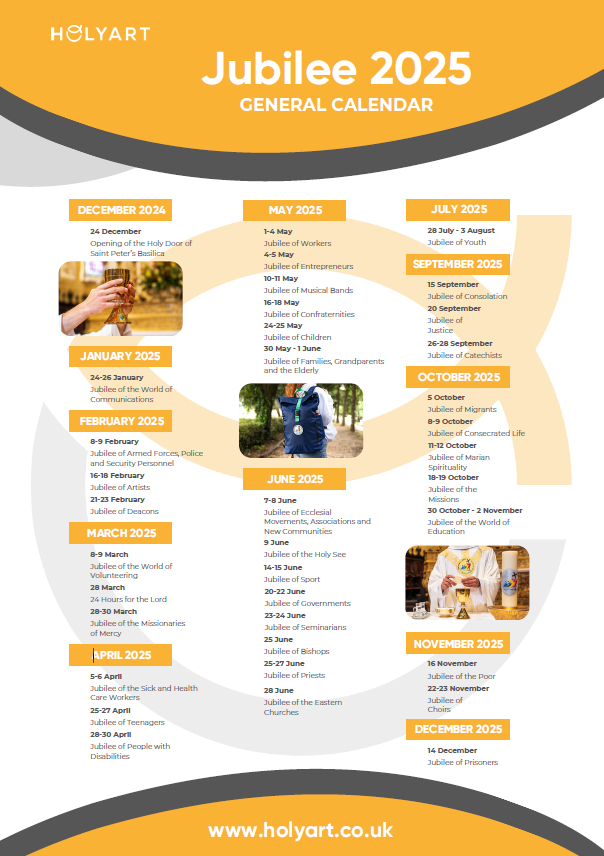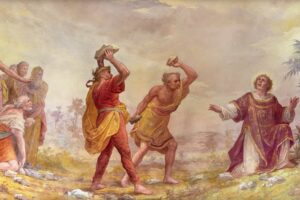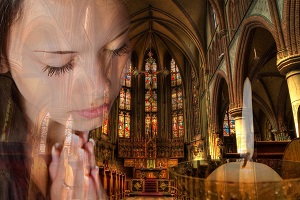The lanterns of Saint Martin are a symbol of good luck and bring some of the warmth and light of summer in the cold winter. Let’s find out how this fascinating tradition was born.
We have already spoken in many articles of how the feasts dedicated to the saints or Our Lady, sink their origins in older celebrations, before the advent of Christianity, or pagan festivals linked to the cycle of the seasons. Most likely also the Feast of St. Martin was born from the transformation of a pagan festival linked to the harvest and the beginning of winter celebrated in some countries of Europe. Later it was associated with St. Martin of Tours, a Christian bishop of the fourth century, who died on that date. It is in the context of this festival that the tradition of the Lanterns of Saint Martin is placed, which we will talk about in this article.
Who was Saint Martin?
He was a young man born in Sabaria Sicca, a Roman outpost located in present-day Hungary. His father was a military tribune and when Martin, named in honour of Mars, God of war, was just a child, he moved to Pavia bringing with him the whole family. As the son of a veteran, Martin also had to enlist as a boy and was sent to Gaul with a special body responsible for ensuring public order. One night, he came across a beggar. It was a very cold night, and the poor fellow was half-naked and shivering from the cold. Martin was a generous and kind-hearted young man, and seeing him so miserable he wanted to help him, but he had already given all his salary to the poor peasants. So without hesitation he took his own cloak, grabbed hold of his sword, and with a clear blow cut the garment in two, offering it to the beggar so that he could shelter himself from the frost.
Legend has it that the following night Jesus appeared to Martin. He was wearing half of his cloak and addressing the angels he said, “Here is Martin, the Roman soldier who is not baptised, he has clothed me.” When he awoke, Martin found the precious cloak completely intact next to his bed.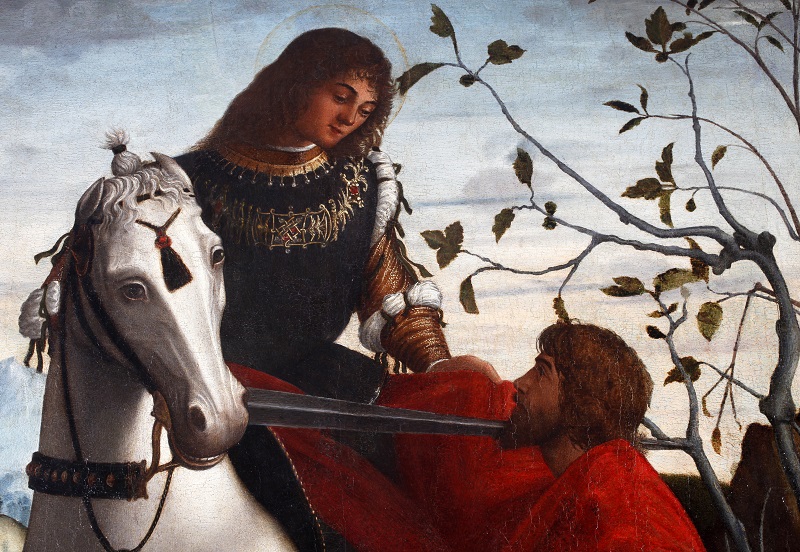
The apparition prompted the young man to embrace Christianity and ask for Baptism. Nevertheless, Martin continued to do his duty as a soldier, embarking on a brilliant military career. Only at the age of forty he left the army and began to fight a different war, the one against the Aryan heresy widespread in the territories of today’s France.
He then lived as a hermit for four years on Gallinara Island, where he was saved from divine intervention when, on the verge of death for eating the hellebore, a very poisonous plant, he was miraculously after a night of intense prayer.
After returning to Poitiers, he became a monk and later a bishop. In this role, he continued to fight heresies and paganism. He also founded many monasteries and promulgated among the monks the mission of evangelisation.
St. Martin’s Day
Like all festivals that arise from previous cults, especially related to agricultural work and the alternation of the seasons, the Feast of Saint Martin celebrated on 11 November also takes on different characteristics in the countries and regions where it is celebrated. The days before and after this date are known as the Summer of Saint Martin and are often characterised by good weather and warmth, which suspended the first warnings of winter for a few days. These are also the days when the casks of the new wine are opened and the first chestnuts are eaten. In antiquity, it was also the time when peasants had to pay taxes to their masters.
Harvest festival, therefore, and the first tapping of new wine, but in some areas of Europe it is also characterised by a very fascinating and picturesque tradition: the Lanterns of Saint Martin, or Torch of Saint Martin. This custom is widespread in some areas of Germany, where it takes the name of Laternenumzug, in Belgium, the Netherlands, and Northern France. On the night of 11 November, children take to the streets carrying lanterns. These lanterns are then lit and sometimes hung on trees, while the little ones sing songs and nursery rhymes dedicated to Saint Martin.
Speaking of liturgical candles, we have recalled the importance for Christians of the symbolism of light, of how it is closely linked to the very concept of God. Light illuminates, warms, vivifies, nourishes, and protects from darkness.

Liturgical candles: when and why they are important
Light has always had a very deep and essential meaning for men…
Thus the Lanterns of Saint Martin become symbols of light and hope, especially at this time of year, when winter begins to advance and cold and darkness become more pressing. These small coloured lights that float in the night, illuminating the path and warming the hearts, are a prelude to Advent that will begin shortly, and anticipate in a certain sense the festive atmosphere and the deep sense of warmth and happiness of Christmas that is approaching.
Once children carried emptied turnip lanterns with a lighted candle inside, attached to a stick, and this tradition would also lead to that of pumpkins dug by American children on Halloween and used to keep away evil spirits. And like American children on Halloween, even on the occasion of St. Martin’s Day in some regions children go from house to house with their lanterns and claim sweets and fruit.
Today European children use coloured paper lanterns, which they often manufacture themselves, and which are lit all together, as part of a big party. Lighting the lanterns brings luck and you should keep it on every night until Christmas to keep the summer heat alive. In ancient times, children would light afternoon lanterns and use them to guide forest animals into their burrows. This custom remains alive in some areas, where children accompanied by their parents go for walks in the woods at dusk with their lanterns.
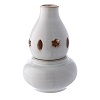
Keeping a lamp or lantern lit in your home while waiting for Christmas can be a suggestive way to symbolise the presence of light in your home, to invite it to enter, and to warm up those who live there. In our store, you will find a wide range of liquid and oil wax lamps and lanterns of various sizes, types, and materials. Many of our lamps and lanterns are entirely handmade. Let the light into your homes, and guard it as a precious treasure. It will bring luck and protection to everyone you love.

